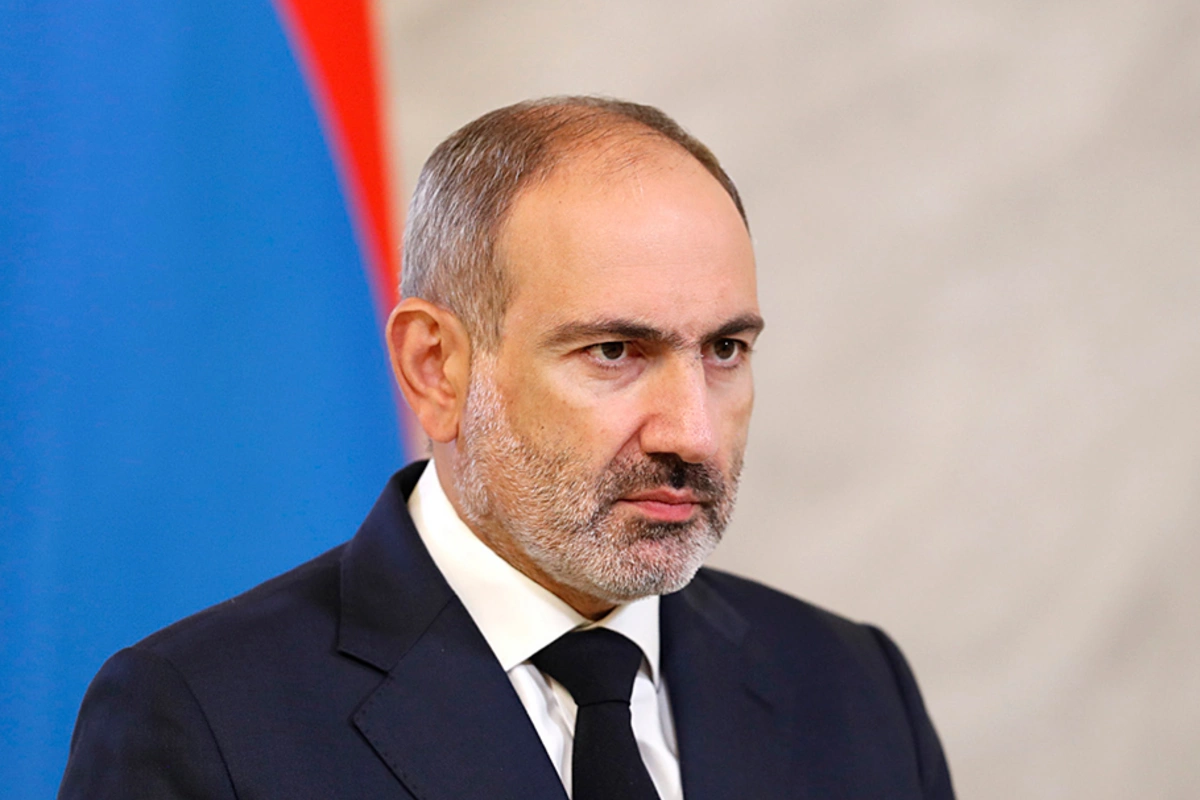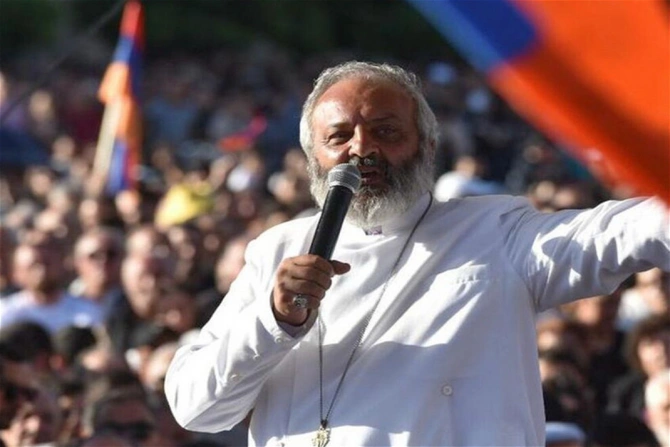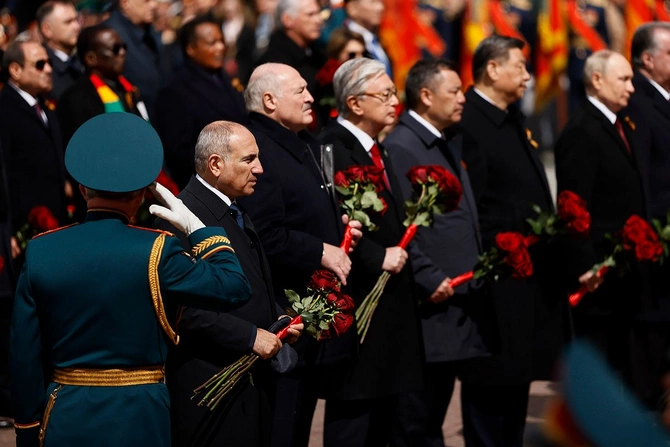
Photo: Press service of the Armenian government
By all outward appearances, Armenia looks stable today. But as someone closely observing Yerevan’s political dynamics, I can say this stability is nothing more than a fragile pause between inevitable waves of unrest. The reality is that Armenia is trapped in a political deadlock-stuck between two discredited forces with no fresh alternatives in sight.
Since the painful defeat in the Second Karabakh War, Armenians have dreamed of a "third force"-a political alternative that could break the cycle. But that force has never materialized. The political scene remains split between Prime Minister Nikol Pashinyan’s Civil Contract Party and the nationalist opposition loyal to Robert Kocharyan and Serzh Sargsyan. It’s a choice between disappointment and déjà vu.
Let’s be honest-Pashinyan’s party isn’t really a political movement in the classical sense. It’s an administrative machine serving the interests of those who happen to be in power. On the other side, the nationalist blocs "Hayastan" and "I Have Honor" have nothing new to offer beyond recycled slogans about revenge and national pride. Armenians rejected these nationalists once, in 2018. But the tragedy is that the ruling elite remains in power today not because people believe in them, but because no one else is on the ballot.
This feels eerily familiar to the political landscape in Georgia, where voters are trapped choosing between the ruling Georgian Dream and the discredited United National Movement. Armenia has fallen into the same trap, stuck in a deadlock between two forces that long ago ran out of ideas.
Now, as summer approaches, I expect the usual seasonal spike in street protests. The opposition knows that winter protests don’t last-people don’t take to the streets when it’s freezing. So, like clockwork, they wait for warm weather to stage their performances of public discontent. Remember Bagrat Galstanyan? The cleric who led last year’s protests? As soon as the first frost arrived, the crowds vanished, and so did he.

Expect more of the same this year. Kocharyan, Sargsyan, and their nationalist allies will try to simulate mass mobilization. They’ll do it not because they believe they can actually bring down Pashinyan, but because they need to keep up appearances. After all, their political careers depend on the illusion that they still matter.
But let’s not kid ourselves-this is political theater. They don’t even have the technical capacity to impeach Pashinyan. They need thirty-six votes in parliament and have only thirty-five. Even their impeachment rhetoric is just noise for the headlines.
Polls show that Civil Contract barely holds 11% support, with Kocharyan’s bloc trailing at 8%. Yet, ironically, these are still the only two forces that would make it into parliament. Pashinyan, even with such low numbers, would likely retain his majority.
So, what should we expect? More media noise, more rallies, more nationalist slogans. But no real threat to Pashinyan’s grip on power. For now, his position remains unchallenged.
Pashinyan’s Visit to Moscow: Desperation Dressed as Diplomacy
Pashinyan’s participation in the recent Victory Day Parade in Moscow perfectly captures Armenia’s current geopolitical dilemma. Until the last moment, it seemed like he might skip it altogether-perhaps choosing Europe instead. But in the end, he caved to Russia’s insistence.

Photo credit: oc-media.org
Why? Because Armenia’s flirtation with the West has stalled. Washington’s strategic recalibration under Trump, aimed at pulling back from distant regions like the South Caucasus, left Yerevan with fewer Western lifelines. We’ve seen this elsewhere too-take Syria, for example. Even the recent self-dissolution of the Kurdistan Workers’ Party (PKK) signals that the U.S. is winding down its commitments to distant proxy partners.
Sensing this vacuum, Pashinyan reverted to the familiar: reaffirming ties with Russia. His appearance in Moscow wasn’t about building real strategic momentum-it was about salvaging whatever limited benefits Armenia still receives from its uneasy alliance with the Kremlin.
But let’s not pretend this alliance is growing stronger. Both sides know the limits. Russia isn’t going to invest further in Armenia’s security or economic development. Moscow’s South Caucasus strategy is all about balance-working with both Yerevan and Baku. Russia won’t risk that balance to back any Armenian revanchist ambitions.
That’s why Yerevan has been hedging its bets, trying to woo the West to compensate for what Moscow won’t deliver. Yet Armenia is equally unwilling to lose the economic perks of its membership in the Eurasian Economic Union-perks it cannot afford to give up.
Every time the West disappoints, Armenia runs back to Moscow with symbolic gestures of loyalty. But let’s be clear-Moscow sees through this. Pashinyan’s visit was formal, cold, and uninspired. He kept his distance, and Russia barely acknowledged him. Both sides know the game: Armenia wants more than Russia is willing to give, and Russia knows Armenia has nothing else to offer.
Today, Russian-Armenian relations feel like a tired marriage-held together not by love or ambition, but by the simple lack of alternatives. Russia wants to avoid new tensions in the South Caucasus. Armenia, meanwhile, has nowhere else to go-at least for now.
So yes, Pashinyan boarded that plane to Moscow. If the West offers a better deal tomorrow, he’ll take the first flight in the opposite direction.
Share on social media